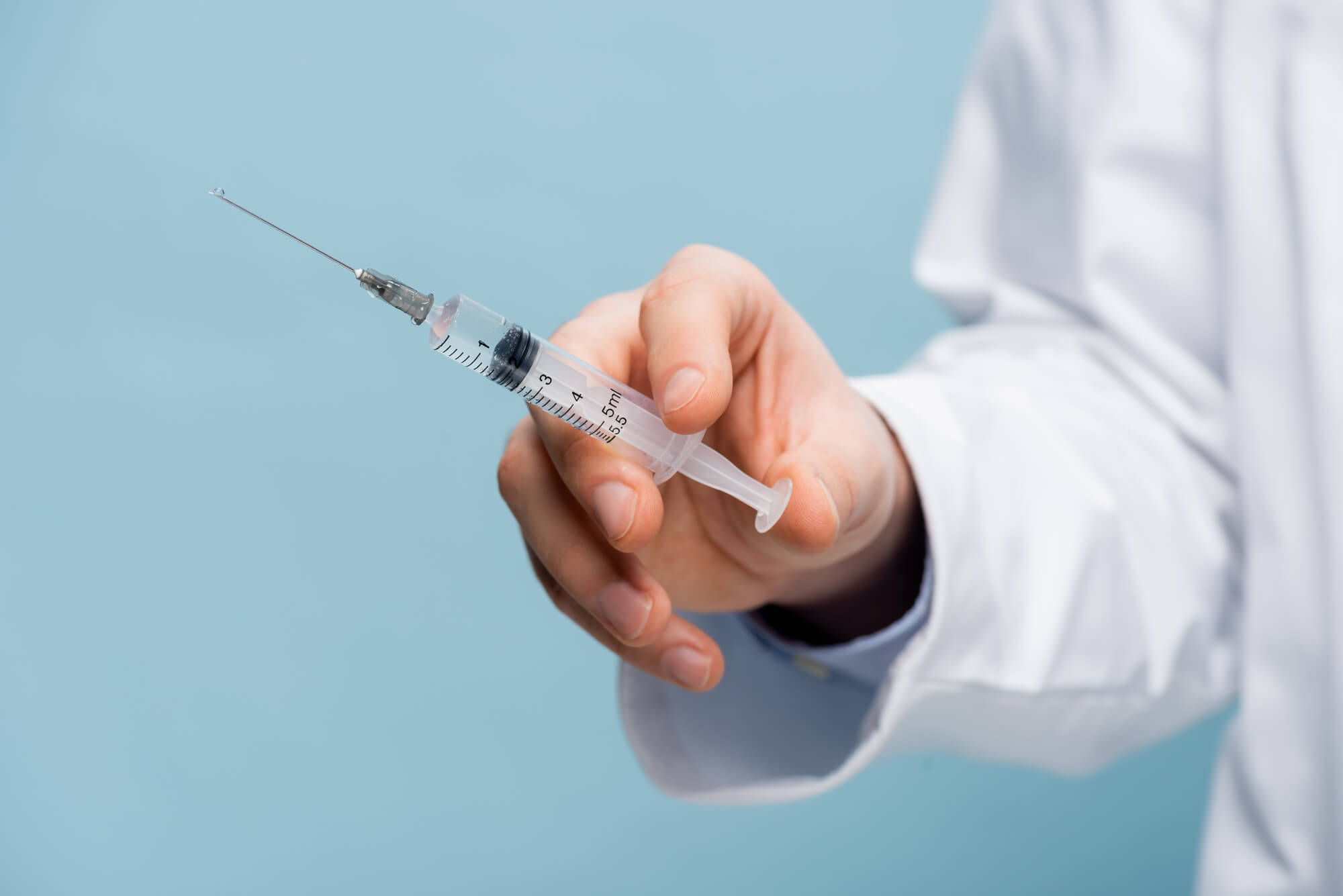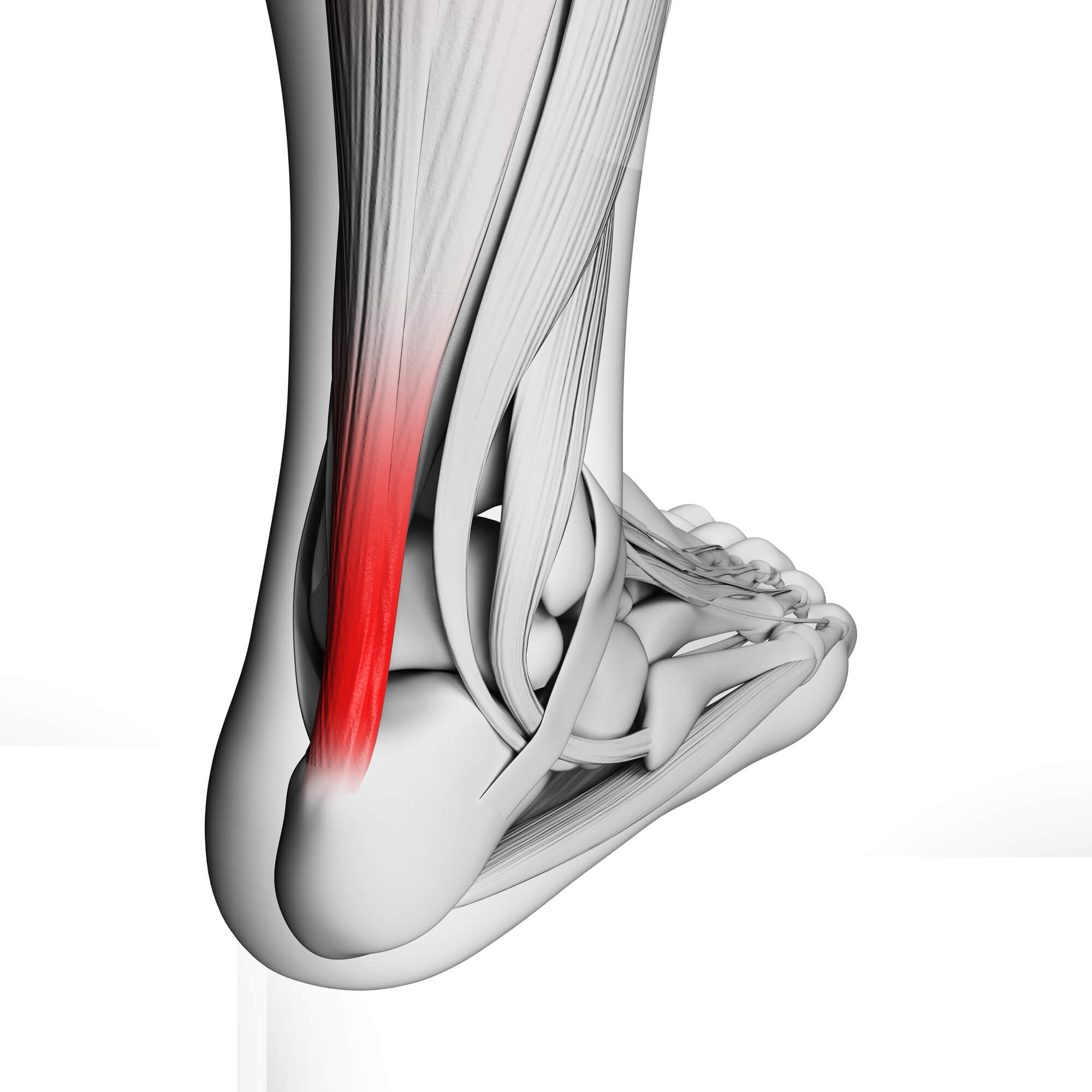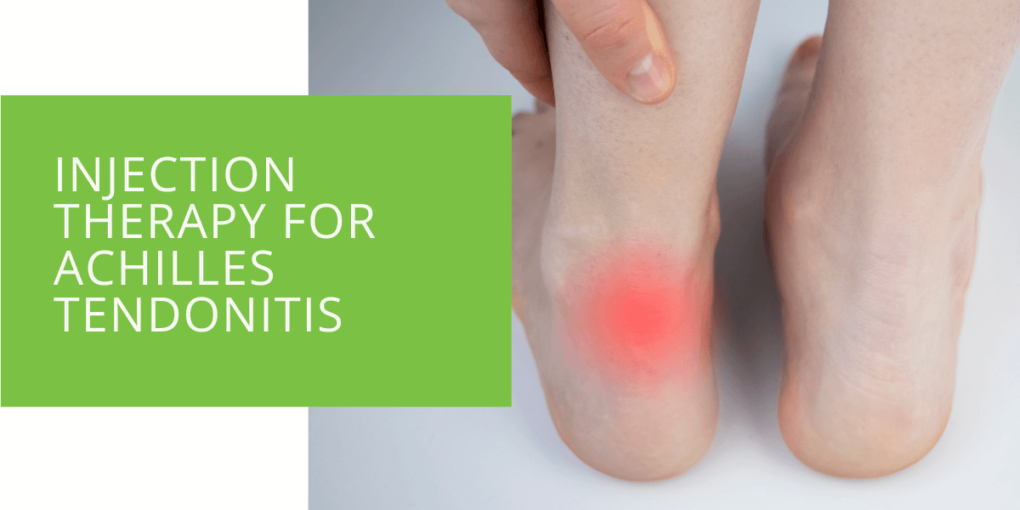Injection Therapy for Achilles Tendonitis
Achilles tendonitis, a common condition among athletes and active individuals, can cause significant pain and discomfort. While treatment options vary, injection therapy has emerged as a valuable tool in managing Achilles tendonitis effectively. In this article, we'll delve into the different types of injections available for Achilles tendonitis, their mechanisms of action, benefits, and potential risks.
Key Takeaways
- Injection therapy, including corticosteroid, PRP, and high-volume injections, offers targeted relief and promotes healing for Achilles tendonitis.
- Each type of injection has unique mechanisms of action and potential risks, so it's essential to consult with a qualified healthcare provider to determine the best treatment approach.
- Combining injections with other conservative therapies, such as physical therapy and orthotic devices, can optimize outcomes and prevent the recurrence of Achilles tendonitis.
Understanding Achilles Tendonitis and the Role of Injections
Achilles tendonitis is the inflammation of the Achilles tendon, the largest tendon connecting the calf muscles to the heel bone. This condition often results from overuse, repetitive strain, or sudden increases in activity levels. While conservative treatments like rest, physical therapy, and orthotics are typically the first line of defense, some may require more targeted interventions, such as injections.
What is Achilles Tendonitis?
Achilles tendonitis, also known as Achilles tendinopathy, is characterized by pain and swelling in the Achilles tendon, particularly near the heel. It can occur in two main regions: mid-portion Achilles tendinopathy and insertional Achilles tendinopathy.
Why Injections are Used for Achilles Tendonitis
Injections for Achilles tendonitis offer several advantages, including targeted delivery of medication to the affected area, potent anti-inflammatory effects, and the potential to accelerate tissue healing. These injections can be particularly beneficial for individuals who have not responded adequately to conservative treatments or those with chronic Achilles tendonitis.
Benefits of Injection Therapy
- Targeted pain relief
- Reduction of inflammation
- Promotion of tissue healing
- Potential to avoid surgery
Types of Injections for Achilles Tendonitis
Several types of injections are commonly used to manage Achilles tendonitis, each with its unique mechanisms of action and therapeutic benefits.
Corticosteroid Injections
Corticosteroid injections contain powerful anti-inflammatory medication that helps alleviate pain and reduce inflammation in the Achilles tendon.
Platelet-Rich Plasma (PRP) Injections
PRP injections utilize the patient's blood plasma, enriched with platelets containing growth factors, to stimulate tissue repair and regeneration in the Achilles tendon.
High Volume Injections
High-volume injections involve the injection of a large volume of fluid, such as saline solution or local anesthetic, into the space around the Achilles tendon to mechanically disrupt scar tissue and improve blood flow to the area.

Corticosteroid Injections for Achilles Tendonitis
Corticosteroid injections are commonly used to provide rapid pain relief and reduce inflammation in cases of Achilles tendonitis.
How Corticosteroid Injections Work
Corticosteroids work by suppressing the inflammatory response in the affected area, thereby alleviating pain and swelling in the Achilles tendon.
Effectiveness of Corticosteroid Injections
Corticosteroid injections have been shown to provide short-term pain relief and improve function in individuals with Achilles tendonitis. However, their long-term efficacy remains debatable, as some studies have raised concerns about potential tendon degeneration and increased risk of rupture with repeated injections.
Potential Risks and Side Effects
While corticosteroid injections can offer temporary relief, they may also carry certain risks, including tendon weakening, tissue atrophy, and increased susceptibility to infection. Considering this treatment option, it's essential to weigh the potential benefits against the risks.
Platelet-rich plasma (PRP) Injections for Achilles Tendonitis
PRP injections harness the body's natural healing processes to promote tissue repair and regeneration in the Achilles tendon.
Understanding PRP Therapy
PRP therapy involves the collection of a small sample of the patient's blood, which is then centrifuged to isolate the platelet-rich plasma. This concentrated solution is then injected into the injury site to stimulate tissue repair.
Mechanism of Action
The growth factors present in PRP help accelerate the healing process by promoting cell proliferation, angiogenesis (formation of new blood vessels), and collagen synthesis in the Achilles tendon.
Efficacy and Success Rates
Research on the effectiveness of PRP injections for Achilles tendonitis has yielded mixed results, with some studies reporting significant improvements in pain and function. In contrast, others have found no significant difference compared to placebo injections or other treatments.

High Volume Injections for Achilles Tendonitis
High-volume injections offer a non-surgical approach to treating Achilles tendonitis by mechanically disrupting scar tissue and improving blood flow to the injured tendon.
What are High Volume Injections?
High-volume injections involve the injection of a large volume of fluid, typically saline solution or local anesthetic, into the space around the Achilles tendon.
How High Volume Injections Differ from Other Injections
Unlike corticosteroid or PRP injections, which target specific tissues within the Achilles tendon, high-volume injections create a hydraulic effect that mechanically breaks down scar tissue and stimulates blood flow to the area.
Research and Clinical Evidence
Studies investigating the efficacy of high-volume injections for Achilles tendonitis have shown promising results, with many patients experiencing significant pain reductions and improved function following treatment.
Combining Injection Therapy with Other Treatments
While injections can be effective as standalone treatments for Achilles tendonitis, they are often used with other conservative therapies to optimize outcomes and prevent recurrence.
Physical Therapy and Rehabilitation
Physical therapy is crucial in managing Achilles tendonitis by addressing muscular imbalances, improving flexibility and strength, and promoting proper biomechanics during movement.
Orthotic Devices
Custom orthotics, such as shoe inserts or heel lifts, can help offload stress on the Achilles tendon and correct biomechanical abnormalities that may contribute to the development or exacerbation of tendonitis.
Activity Modification
Modifying activity levels and incorporating rest periods into one's routine can help alleviate strain on the Achilles tendon and prevent further injury.
Conclusion
Injections are a valuable treatment option for individuals suffering from Achilles tendonitis, offering targeted pain relief, inflammation reduction, and tissue healing promotion. Whether you opt for corticosteroid injections, PRP therapy, or high-volume injections, working with a qualified healthcare provider to determine the most appropriate treatment approach for your specific needs is essential. At ePodiatrists, we specialize in diagnosing and managing Achilles tendonitis, offering personalized treatment plans tailored to each patient's unique condition and goals. If you're experiencing Achilles pain or discomfort, don't hesitate to schedule an appointment with us to explore your options for injection therapy and comprehensive care.
Remember, early intervention and appropriate treatment can help prevent further damage and facilitate a faster return to pain-free activity. Take the first step toward recovery today by contacting our experienced team of podiatrists.

